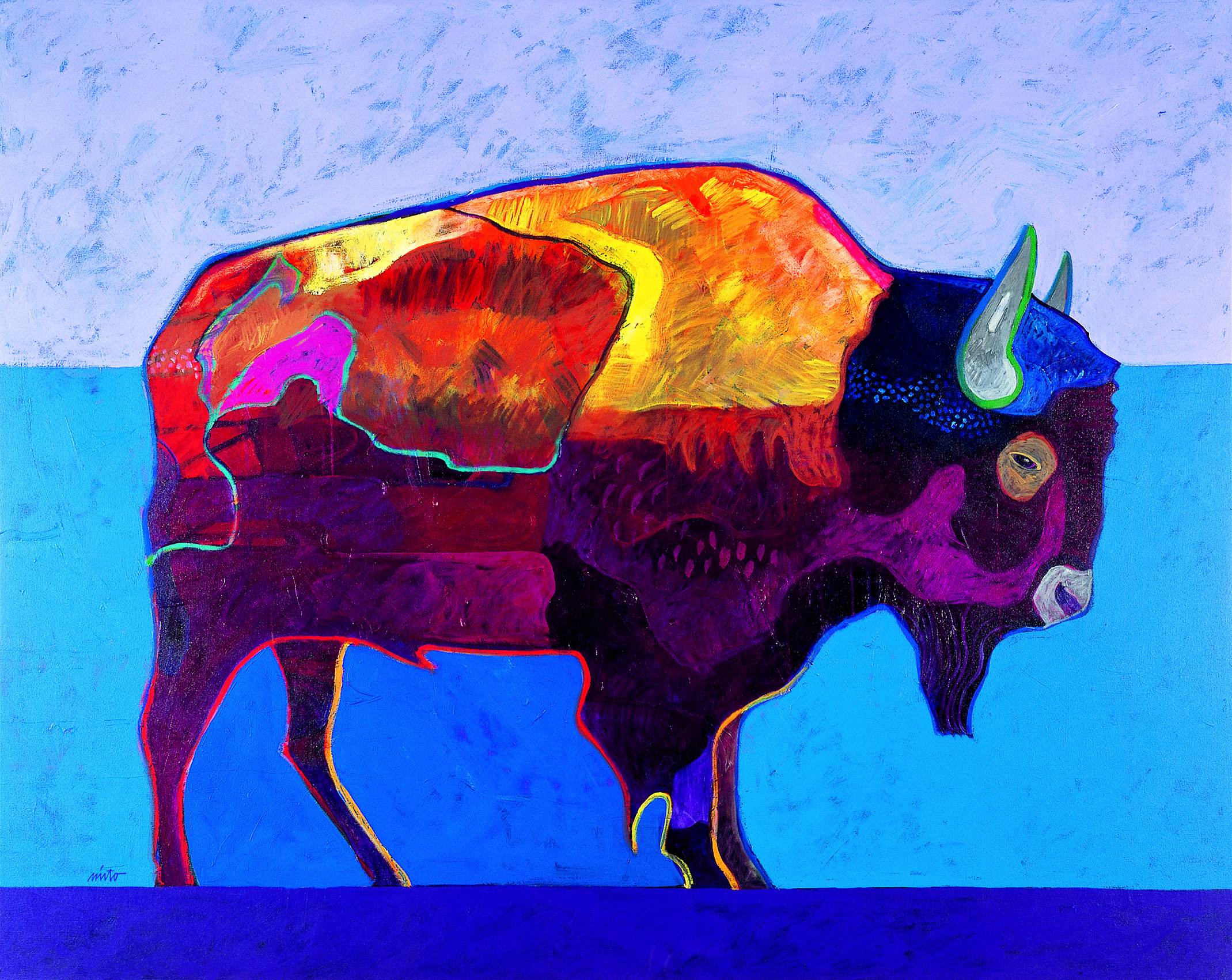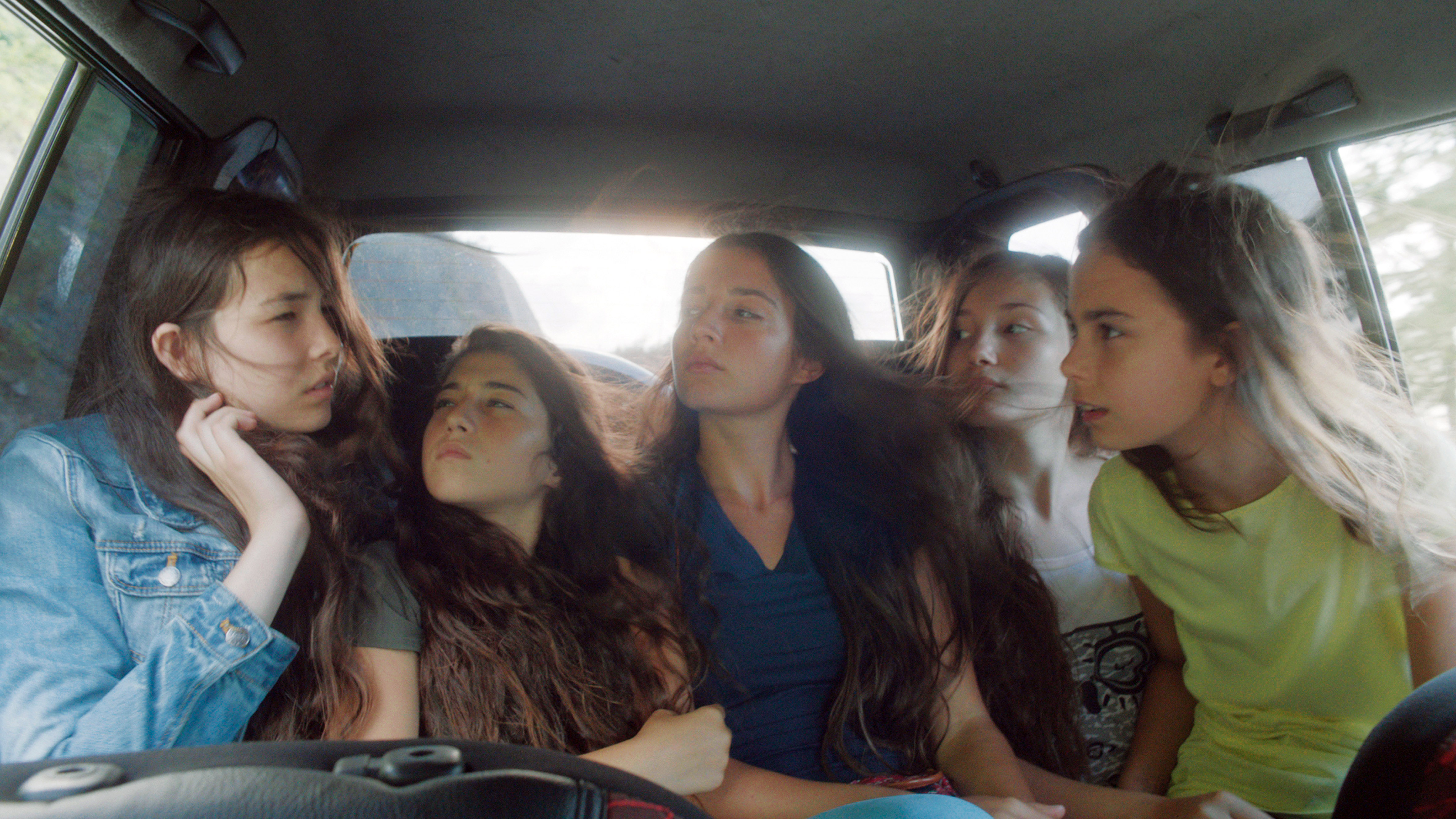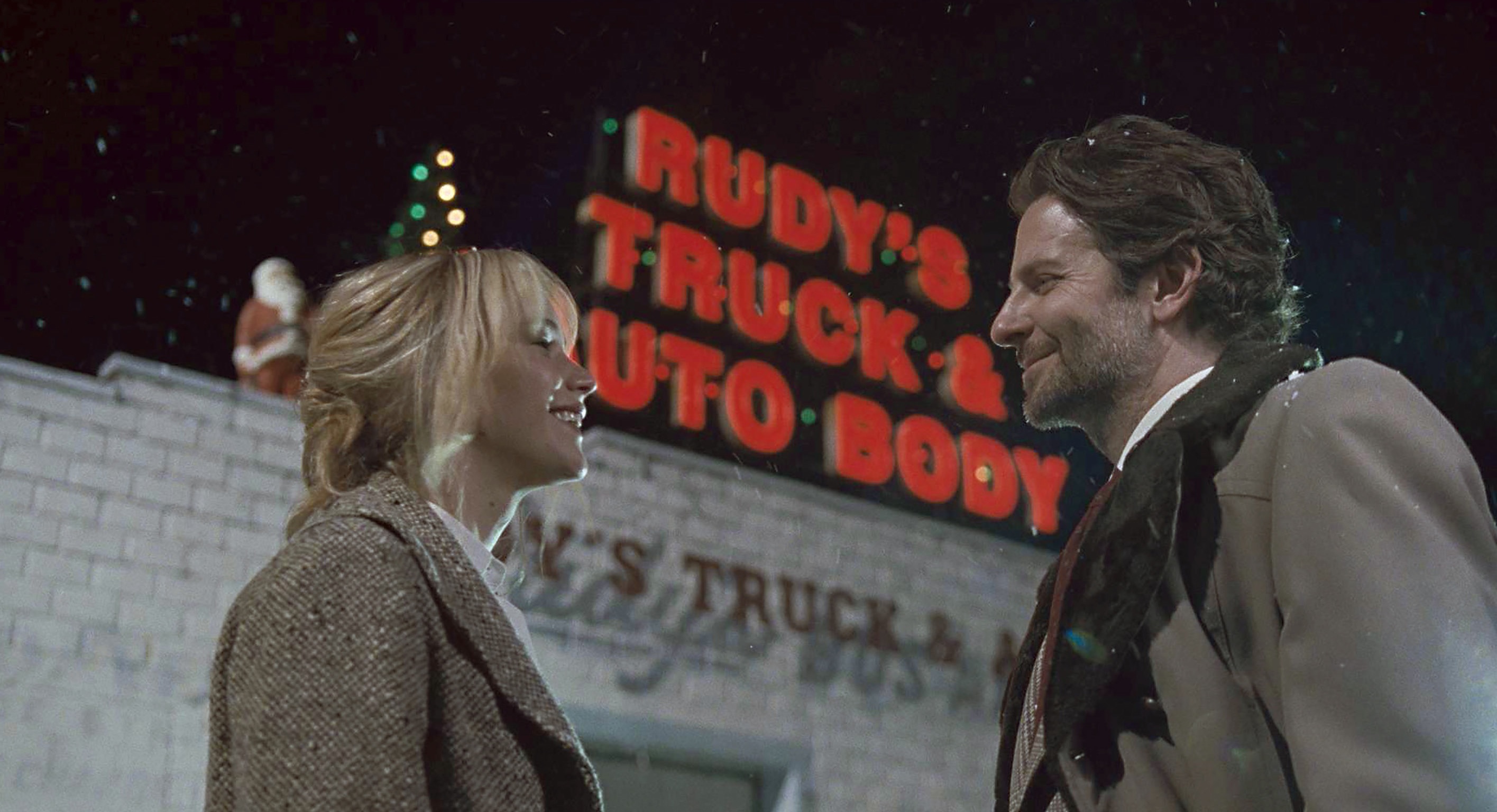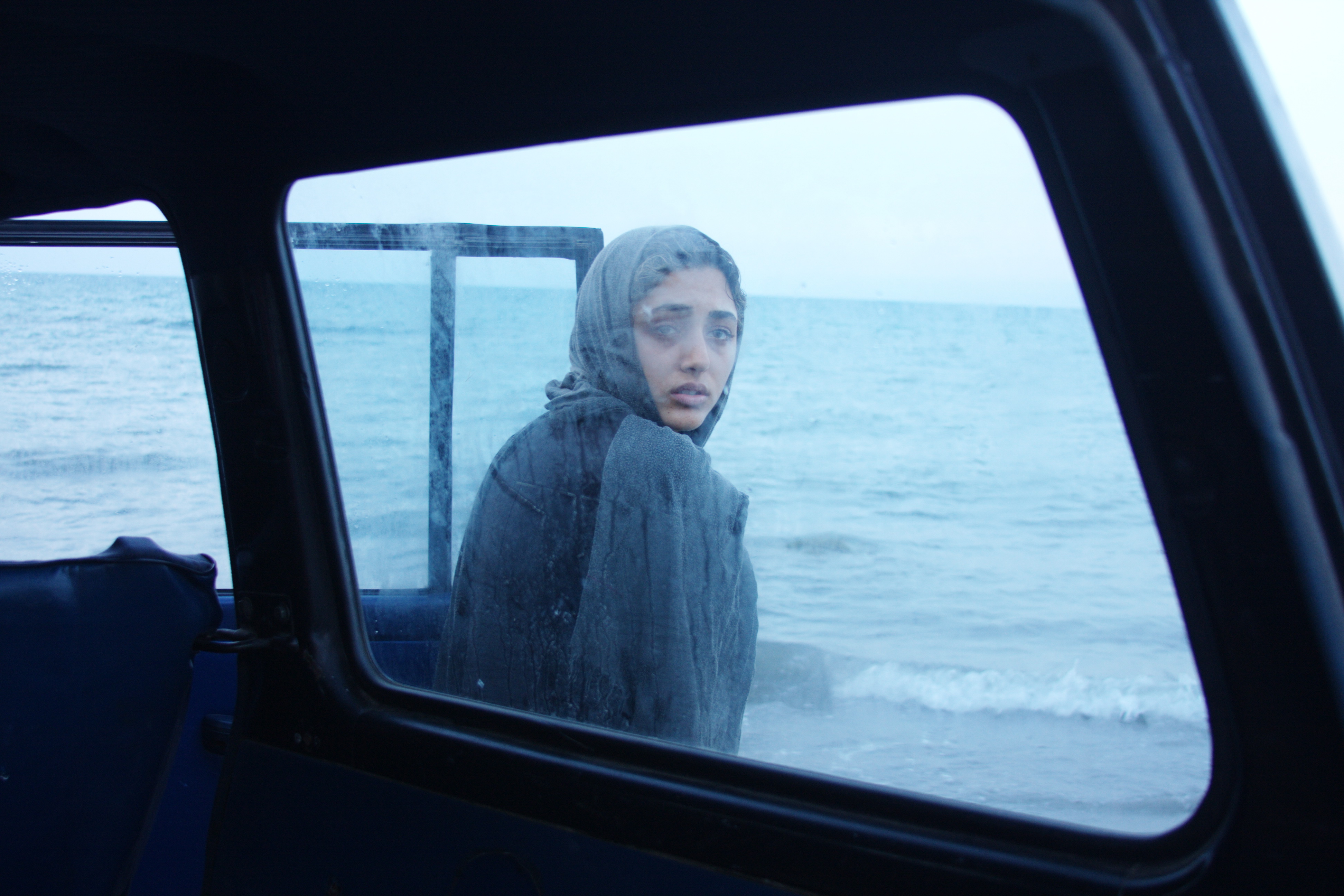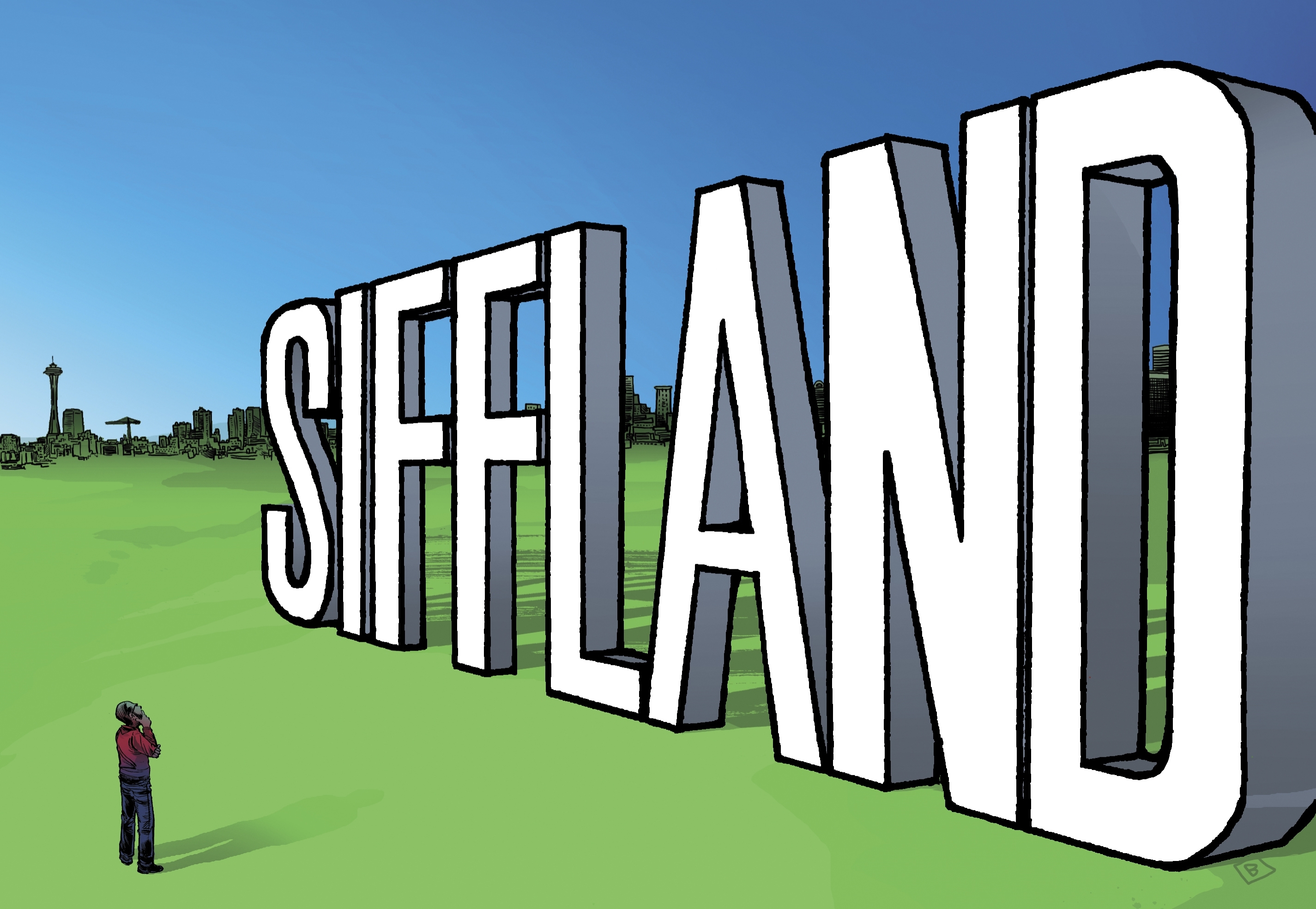The museum director’s dilemma is this: too much mediocre art in the world, not enough money. Unless you’re bidding on Picassos or beseeching the heirs of dead collectors for a Warhol donation, the big challenge today is funding the infrastructure and staff. SAM built its new tower in 2007, just in time for the recession and collapse of Washington Mutual (its partner and paying tenant). BAM started promisingly in 2001 with its new digs across from the mall, then nearly collapsed owing to mismanagement and budget woes.
So now TAM, which moved often after its 1935 founding, has added a new wing to its 2003 building—thanks chiefly to the largesse of German grocery magnate Erivan Haub, who also promised some 300 works to be displayed there. It is a gift with strings: The Haub Family Galleries were built to show off a collection of Old West-themed paintings and sculpture that many visitors will be inclined to view as kitsch, at best—or at worst as the self-congratulatory, romantic tokens that mask an actual history of colonialism, genocide, and land theft.
Let’s deal first and briefly with the $15.5 million expansion by Seattle architect Tom Kundig, which increases TAM’s space by a third. It’s not great, it doesn’t need to be great, but it does a much better job of meeting Pacific Avenue. The 2003 building by Antoine Predock seemed to retreat from its western exposure, hunkered and tentative. Kundig’s boxy new entrance announces itself better, though it doesn’t address the fact that most visitors will arrive by the parking lot and elevator in back. (To be fair, SAM’s garage is even less inviting, though its First Avenue frontage welcomes a lot more pedestrians.)
Kundig’s big steel wheel, which manually opens and shuts the sun louvers facing Pacific, is an apt allusion to Tacoma’s rail-determined past (i.e., boxcars and sheds), but it’s also a gimmick we’ve seen before on his pricey vacation homes. The main thing is not to overshadow the art (like the Guggenheims in New York and Bilbao) or date itself fast (like Robert Venturi’s downtown misstep for SAM in 1991). Kundig’s self-effacing Haub annex allows us to focus on the art—which may or may not be a good thing.
Though no one said so last summer, when the Tulalip-Swinomish photographer Matika Wilbur showed her tribal portraits taken on reservations around the country, that TAM exhibit seemed like an inoculation against the Haub bequest and wing, then nearing completion (it opened last month). You could almost imagine the nervous curators insisting, See, we totally heart Native Americans! They are so much more diverse and present in contemporary culture than those corny old Frederic Remington cowboy paintings! (Outside the museum, newly installed, the Portland-based Seneca artist Marie Watt’s bronze-cast folded-blanket arches gesture more vaguely in the same affirmative direction.)
But now Wilbur and her Internet-era cousins have left the (old) building. Suddenly we’re back in the mythic 19th century, mostly: wagon trains and lonesome cowpokes; melancholy braves arrayed on colorful horizons; no sign of the telegraph or railroad; ancient arid landscapes untouched by the plow. I’m generalizing here: Less than half the Haub bequest is presently on view (it’ll rotate next November), and there are a few works by Native American and late 20th-century artists, some still living. It’s not all bad; and there’s nothing objectionable about landscape scenes of Mt. Rainier, Taos, the Grand Canyon, the Tetons, and Yellowstone.
Yet the whole collection is promulgated by the same German Romantic cult of the American West, that strange Teutonic tendency that derives both from Goethe and the Old West adventure novels of Karl May (later a mainstay of postwar German movies and TV). Haub, born in 1932, grew up on such stuff. He spent a substantial part of his adult life in the U.S. (his three sons were born in Tacoma), and he owns considerable property in Wyoming and the Methow Valley. Like any billionaire, he is not an unsophisticated man. At a certain point this naive collection of Jackson Hole hunting-lodge art—begun in the early ’80s—did diversify and improve. Haub and his wife Helga surely had advisors who sought to expand and offset their early acquisitions. (They later bought works by Georgia O’Keeffe, Thomas Moran, and Thomas Hart Benton.)
Still, one’s dominant impression comes from nostalgic scenes like these: A Sioux chief poses in finery we know will soon be lost. A buckaroo tames his bronze bronco. A cavalryman waters his thirsty horse. Natives paddle their canoe along the Columbia we know will later be dammed. A lone bison hesitates, in bronze, before near-extinction. Indians scout a wagon train or head out on a war party (this by Albert Bierstadt!), and again we know those missions are ultimately doomed. The white man is coming to ruin this natural idyll. Even in landscapes untracked by pioneers or natives, the sentimental spirit of the noble savage is felt—and mourned.
Significantly, there is no blood on European hands. The Haub collection sides mainly with the victims, not the cowboys and settlers who took their Heimatland. There are no gory battle scenes, only a few solemn depictions of 18th-century treaty ceremonies—General So-and-So accepting the peace pipe from Chief So-and-So. The sorrowful narrative implicit here is that Indians had to surrender totally yet with dignity, surely a notion with great resonance among postwar Germans.
But to contrast the wealth of present-day Germany with, say, the poverty and despair of our Pine Ridge Indian Reservation in South Dakota? That is beyond the scope of the Haub collection, which shows us nothing of today’s Native Americans—in the city, on the rez, performing heart surgery, writing novels, shot by cops, or drunk in a ditch. That is a task for contemporary artists like Wilbur (or Seattle’s Aaron Huey) and museum curators.
Clearly, generously, the Haubs have handed TAM an enormous challenge with their collection. Building the new Haub wing was the easy part. Providing this rosy, romantic, and problematic art with a modern context—and in some instances a firm rebuttal—will be necessary in the years ahead.
bmiller@seattleweekly.com
TACOMA ART MUSEUM 1701 Pacific Ave., 253-272-4258, tacomaartmuseum.org. $8–$10. 10 a.m.–5 p.m. Wed.–Sun.
